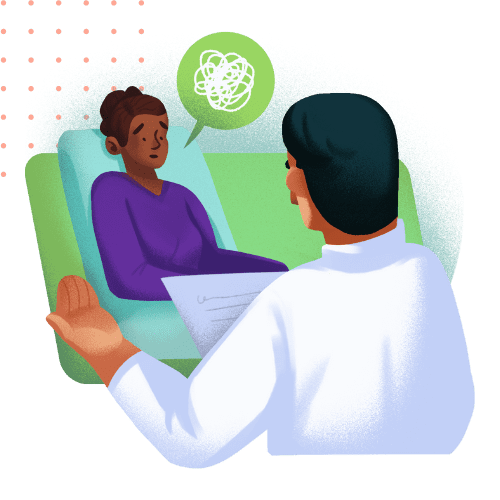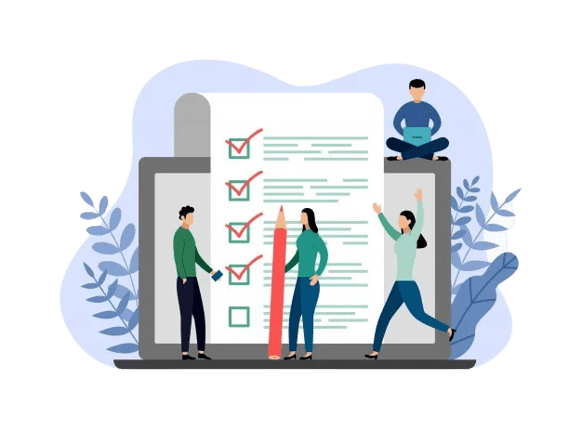LGBTQ+ are you a member, ally, enemy?
Free LGBTQ+ are you a member, ally, enemy Assessment

Create a nurturing environment where identities are celebrated, struggles are understood, and healing begins.
What is LGBTQ+ are you a member, ally, enemy Assessment?
The “Are you a member, ally, enemy Assessment for LGBTQ+?” is likely a questionnaire or survey designed to gauge individuals’ attitudes and relationships towards the LGBTQ+ community.
It aims to categorize respondents as members (part of the LGBTQ+ community), allies (supporters), or enemies (opponents). Such assessments can help understand people’s perspectives, foster inclusivity, and identify areas for education and advocacy. It is crucial to promote empathy and acceptance to create a more inclusive society for LGBTQ+ individuals.

Who can derive advantages from this assessment of LGBTQ+ are you a member, ally, enemy?
The assessment “Are you a member, ally, enemy” for LGBTQ+ can benefit various stakeholders. LGBTQ+ organizations can use the results to identify potential allies for support and advocacy.
Allies can gain insights into their level of understanding and support, promoting personal growth and better advocacy. It can help employers create more inclusive workplaces by identifying supportive staff and addressing any biases.
Additionally, policymakers and educators can use the data to tailor programs and policies that foster LGBTQ+ acceptance and equality, leading to a more inclusive and supportive society overall.
Are You LGBTQ+ are you a member, ally, enemy Assessment Accuracy

The accuracy of the “Are you LGBTQ+? Are you a member, ally, enemy?” assessment depends on various factors. Firstly, it should be noted that one’s sexual orientation and gender identity are deeply personal and subjective aspects of their identity. Self-reporting in surveys may not capture the full complexity of an individual’s experiences and feelings.
While such assessments can provide valuable insights, they should be used with caution and in combination with other methods to better understand individuals’ relationships with the LGBTQ+ community. The goal should be to create a safe and inclusive environment that promotes open dialogue and understanding rather than labeling or categorizing individuals rigidly.
Types of LGBTQ+ are you a member, ally, enemy Assessment
Self-report questionnaires
Kinsey Scale Test
Klein Sexual Orientation Grid
The Shively-DeCecco Scale
Close Relationships Scale
Sexual Identity Scale
Handling LGBTQ+ Issues
Handling LGBTQ+ issues requires a sensitive, empathetic, and inclusive approach. Here are some essential principles to keep in mind:
- Education and Awareness: Provide education and training to increase awareness and understanding of LGBTQ+ identities, experiences, and challenges. This includes dispelling myths and stereotypes.
- Non-Discrimination: Establish and enforce policies that protect LGBTQ+ individuals from discrimination in all settings, including schools, workplaces, and public spaces.
- Inclusive Language: Use inclusive language that acknowledges and respects various gender identities and sexual orientations.
- Safe Spaces: Create safe and supportive environments where LGBTQ+ individuals can express themselves without fear of judgment or harm.
- Supportive Resources: Offer resources such as counseling, support groups, and helplines for LGBTQ+ individuals facing challenges.
- Representation: Ensure LGBTQ+ representation in media, education, and public life to foster visibility and representation.
- Advocacy and Allyship: Encourage allyship and advocacy from individuals, organizations, and policymakers to support LGBTQ+ rights and equality.
- Collaboration: Collaborate with LGBTQ+ organizations and activists to understand their needs better and work together towards a more inclusive society.
- Addressing Bullying and Harassment: Implement measures to address and prevent bullying and harassment based on sexual orientation or gender identity.
- Continuous Learning: Stay open to learning and evolving your understanding of LGBTQ+ issues, as societal attitudes and terminology can change over time.
By following these principles, individuals and organizations can contribute to a more inclusive and supportive environment for LGBTQ+ individuals and work towards equality and acceptance for all.

